I am analyzing data from a wind turbine, normally this is the sort of thing I would do in excel but the quantity of data requires something heavy-duty. I have never used R before and so I am just looking for some pointers.
The data consists of 2 columns WindSpeed and Power, so far I have arrived at importing the data from a CSV file and scatter-plotted the two against each other.
What I would like to do next is to sort the data into ranges; for example all data where WindSpeed is between x and y and then find the average of power generated for each range and graph the curve formed.
From this average I want recalculate the average based on data which falls within one of two standard deviations of the average (basically ignoring outliers).
Any pointers are appreciated.
For those who are interested I am trying to create a graph similar to this. Its a pretty standard type of graph but like I said the shear quantity of data requires something heavier than excel.
